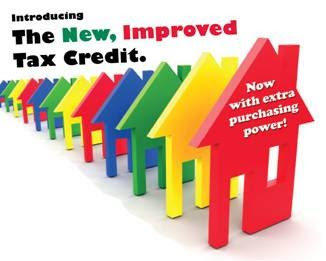The word "mold"has become a household name. It seems that there is so much information out there about health and air quality in our immediate environment stems back to "mold". It is as big an issue as the dreaded Termite problem. This is now so big that even home insurance companies may not issue new home owners coverage until they come to photograph key locations in your home to ensure that you do not have existing "mold". Insurance companies can go so far, as excluding coverage for any pre existing mold in your house. So what is the big issue with "mold" and why are we so cautious today? Well, recent studies show how sick it can make you and your loved ones in the home. It may well be the source of many allergies, and many other problems that we had not even noticed in the past years. Sometimes "mold" can be very obvious, and sometimes not If you are living in an old home, as many are in the US then chances are you may have mold in s...

Comments
Post a Comment